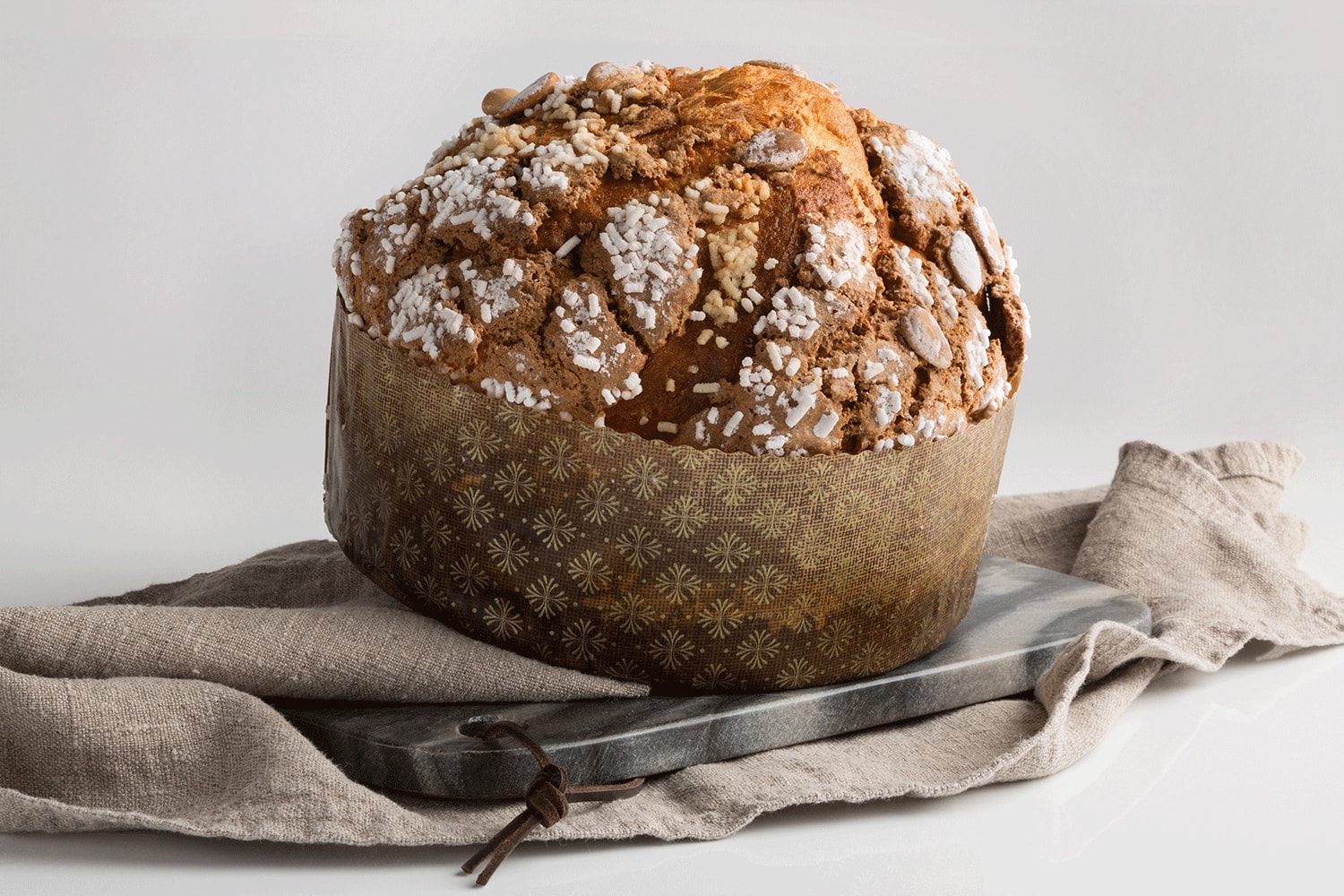Fugassa Veneta or “Venetian Focaccia,” is a yeasted sweet bread from Venice that is traditionally prepared and served for Easter. Although this bread was historically a dessert for the poor, it has become a famous staple in Italian cuisine.
Easter doesn’t just mean chocolate bunnies and chocolate eggs. There are many traditional Italian savory and sweet dishes that are Easter staples. Piedmont has the Easter ciambella, Lombardy the Resta or Resca, the Marche the Pizza di Formaggio or Crescia, and in Emilia-Romagna the Zambela, which is a holeless ciambella. Finally, the Venetian Fugassa is from the region between Venice and Treviso. Easter without fugassa is not really Easter. To understand why this sweet bread is such a staple in Italian cuisine let’s take a brief look at the history of this delicious bread.

Like almost all traditional Italian specialties, the origin of the Venetian fugassa is shrouded in legend. One account claims that Fugassa was invented by a Treviso baker, who made the bread dough with unusual ingredients, such as butter, eggs, honey and almonds. He only shared the soft unique dough with customers whom he considered to be virtuous and religious.
Others argue that the origin of fugassa is closely linked to the Venetian focaccia, a poor and popular dessert, whose tradition is very ancient and dates back to the first centuries when early Christians celebrated and commemorated the Resurrection of Christ. In fact, until sugar became economically accessible and therefore, a widespread ingredient, this sort of sweet bread was prepared only on important holidays and feast days, such as Easter. As a way to celebrate, families added expensive and valuable ingredients to their bread dough, such as butter, eggs, and sugar.
Finally, among the many causes for celebration, fugassa was also prepared as a way of celebrating official engagements. Fugassa was presented to the soon-to-be bride’s family and an engagement ring was hidden inside.
Leaving aside the history for a moment, there is no doubt that the Venetian fugassa is one of the oldest pastries in the Veneto region. What exactly does it consist of? It is a naturally leavened baked cake, which includes ingredients such as flour, butter, sugar, eggs, and marzipan, as well as almonds and sugar grains for the external icing. Generally, it comes in a round shape because it is cooked in circular molds with a variable diameter of about 25-30 cm (but it can also be prepared in the shape of a dove) and consists of a soft and light internal paste, of golden-yellow color. The preparation can be difficult because it includes different doughs that require three stages of leavening. This is necessary in order to obtain the correct softness.

Starting out as the “poor man’s” dessert, fugassa has evolved into a complex pastry that symbolizes luxury. Perhaps the most important ingredient for fugassa is patience. But like all good things that take time, the work is well worth the effort.
Before proceeding, however, it is good to know that there are dozens, if not more, variations of this Easter cake. The recipe changes not only from region to region, or from city to city, but even from family to family. What we propose, therefore, is only “one” of the many variations. Let’s see how it is made!

The fugassa may be stored for several days. Make sure it completely cools before saving it in an airtight plastic bag.
Once cold, it can be stored for a few days in a tightly closed plastic bag for food.
The Venetian Fugassa is an alternative to the traditional Easter Colomba. Not so long ago it was little known outside of the Venetian region, but now it has spread throughout Italy. The preparation of Fugassa and Easter Colomba is very similar and even the two finished products look alike. So, you may be wondering, what is the difference between Fugassa and Easter Colomba? Apparently, the chief difference lies in the scents and aromas of the breads. Fugassa contains orange and lemon peels and hence has a citrus scent. There are also variations that add turmeric to brighten the dough, or even rum or marsala.